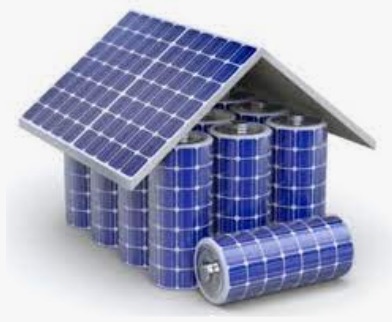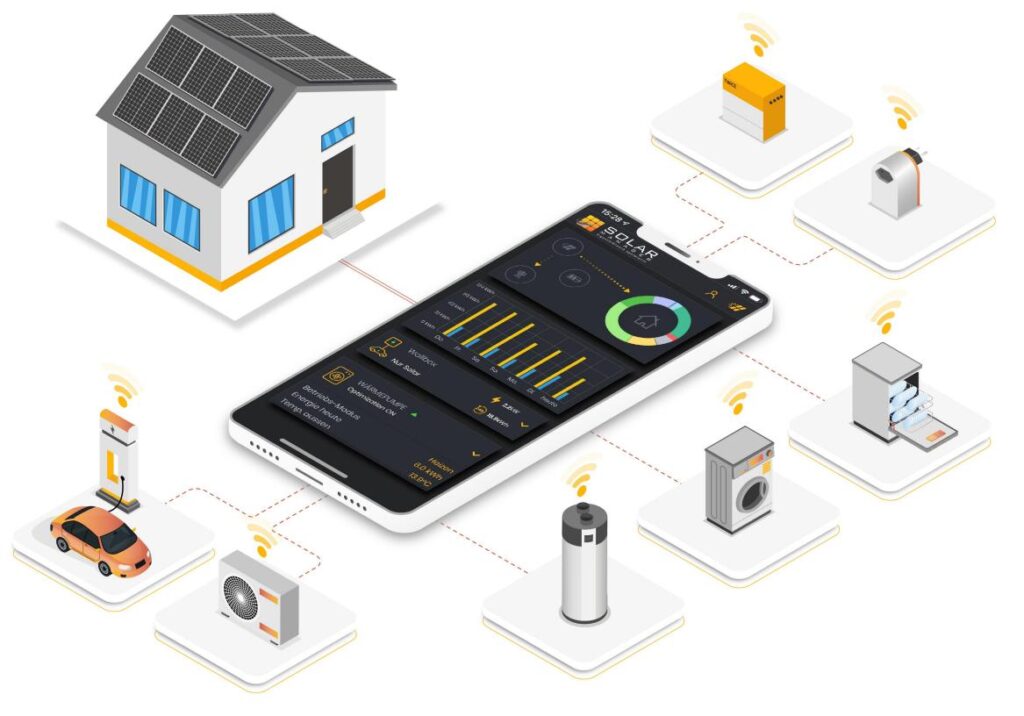Increasingly, photovoltaic systems are being combined with storage batteries. Here is some information on this issue.
Electricity storage in combination with photovoltaic systems
A high share of own consumption is an important factor in the cost-effectiveness of a PV system. This is possible through optimized use of household appliances, heating (e.g. thermopump) or by charging one’s electric car when the sun is shining. In addition, surplus solar energy can also be stored locally in a chemical accumulator (usual term: battery).
The battery helps to increase the own consumption
With battery storage, the percentage of solar electricity consumed and self-generated can increase. In a single-family dwelling, the share of own consumption can be up to 90%. The actual share of own consumption depends on several factors, such as consumption profile and plant size, and can vary greatly. Considering their cyclical stability and continuously decreasing prices, lithium-ion batteries are the most widely used batteries today. A PV system can also be supplemented with battery storage at a later date. In 2018, installed storage capacity in Switzerland doubled compared to the previous year.
Advantages of installing electricity storage in combination with a photovoltaic system
- “Using your own solar power” is generally appreciated.
- Considering that usually the take-back rates of solar electricity fed into the power grid are very low, it is necessary to maximize the share of own consumption.
- Increased own consumption and thus the credit calculation factor for energy produced (Minergie certification)
- Greater desire or need for independence from the public power grid. A storage system can offer the ability to provide emergency power supply or island grid operation
- Battery storage systems and the concept of totality are also becoming increasingly important for Groupings for the purpose of own consumption (CPR).



